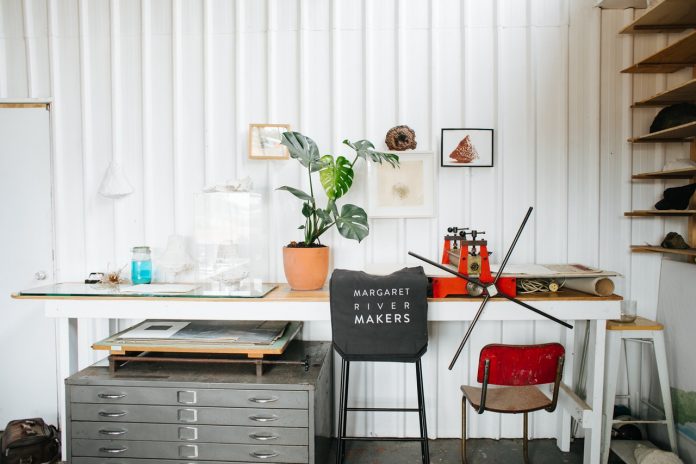Industrial interior design is immensely popular right now. Industrial interior design rejects the complex opulence of older styles in favor of a raw, simple, spacious atmosphere. This rejection of complexity is one of the reasons why industrial interiors so entrance modern homeowners. The complexity of modern life is perhaps contrasted and counteracted by the interior of our safest spaces – our homes.
If you are thinking of restyling your home with industrial conventions in mind, there are a few things you can do that don’t require a great deal of work but still create the right atmosphere. Here are some objects and processes that will help you get the industrial look.
Cast Iron Radiators
Remember the thick cast iron radiators you had in your classrooms at school? Those bulky behemothic radiators are back in style – and for a good reason. Cast iron holds heat immensely well, which made it an attractive material for the construction of radiators in public or industrial settings. The chunky, machine-like quality of cast iron radiators makes them perfect for neo-industrial houses. Although you can get reclaimed radiators, companies like warmrooms.co.uk also sell newly built cast iron radiators that incorporate modern, user-friendly design. Older radiators can be prone to leaks, so a new build is recommended.
Exposed Brick
Bricks can be beautiful. They patinate wonderfully over time, are easy to clean, and contrast perfectly with iron, aluminum and copper. Some industrial interior designs position isolated exposed brick walls as the focal point in a room. Chipping off the plaster on a wall to expose the bricks beneath is by no means an easy job. You need to be careful not to damage the pointing on the bricks beneath. If you are not entirely confident in your skills as a mason, seek out the help of a local expert.
Bare Floorboards
There is treasure underneath your carpet. Many old houses have solid oak floorboards – often the original boards used in the construction of the house. For an industrial interior look, exposed oak floorboards can look just right. In addition, Oak ages remarkably well and keeps color and strength for hundreds of years.
Exposed floorboards help to give a room a warehouse-like quality. They are also very practical. Bare floorboards are easy to clean and replace. Go on, do away with your rotten old carpets!
Let The Materials Do The Talking
All of these tips have essentially been about one thing: letting the materials do the talking. Materials are not static: they are constantly changing. They rust, patinate, gain palimpsest meanings. Raw, exposed materials tell myriad stories while remaining simple. Appreciating the ever-changing and warping nature of materials can help bring about a renewed appreciation for nature, as well as a more surface-level appreciation of industrial design.
Raw materials interact with each other aesthetically to create something intangible: an atmosphere. This intangible crafting is the bread and butter of a good interior designer. So let your home speak about nature, history, and interaction.







